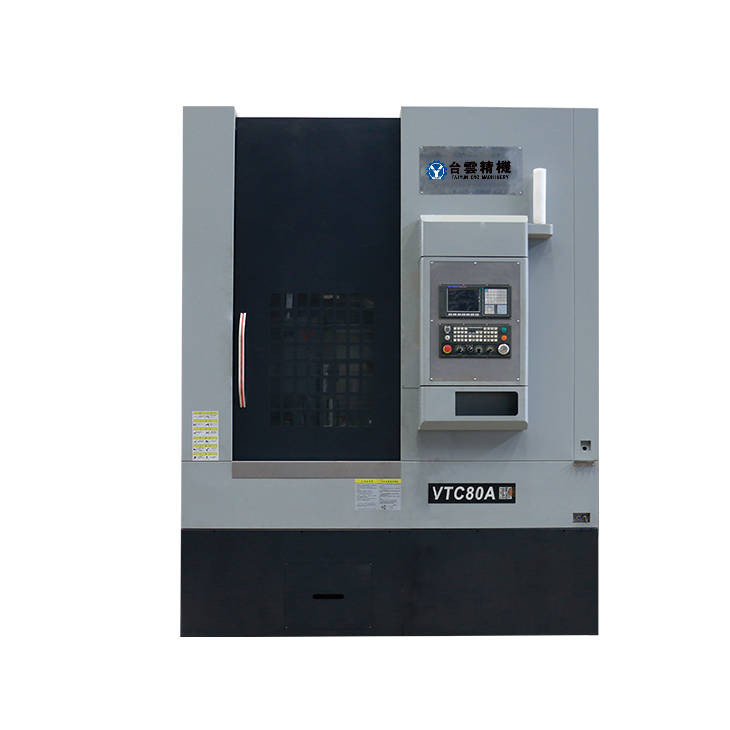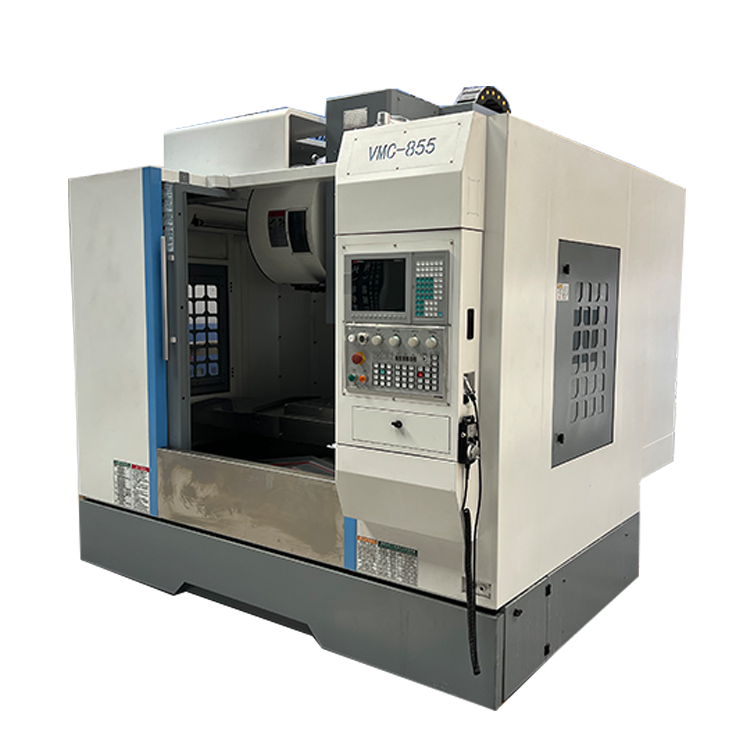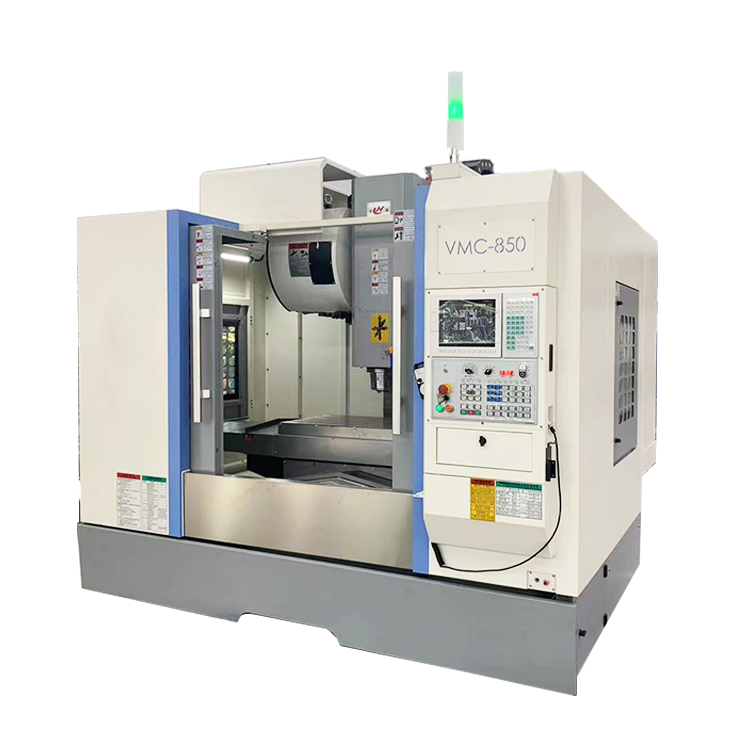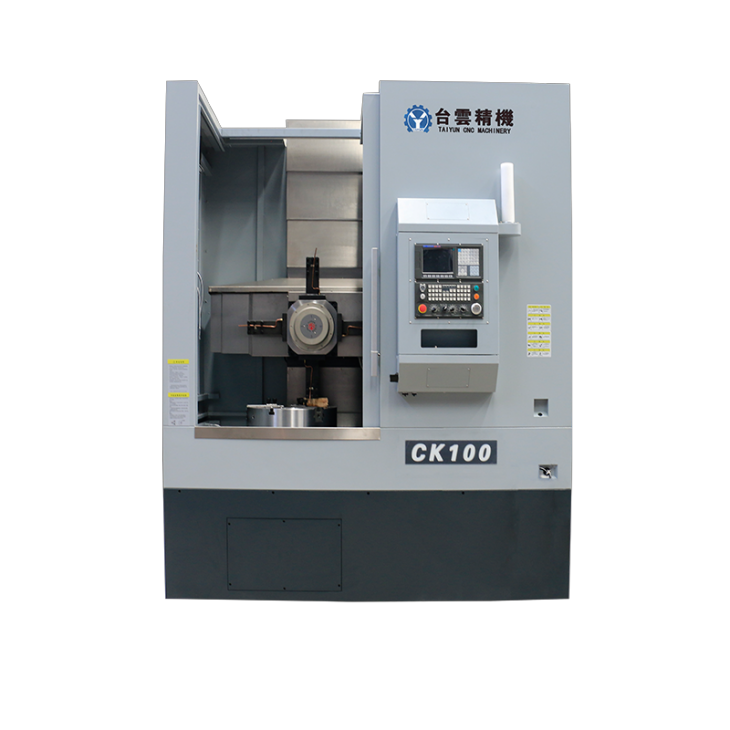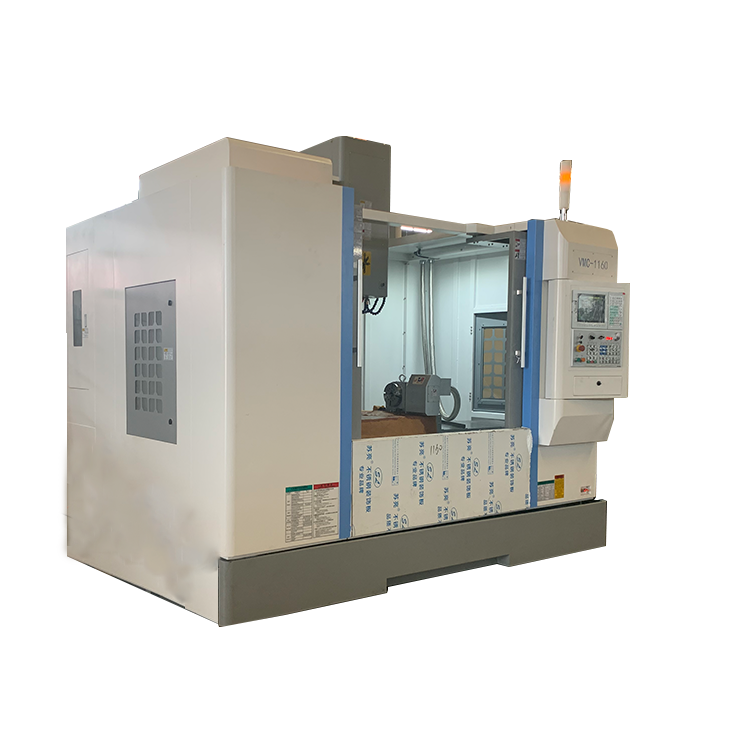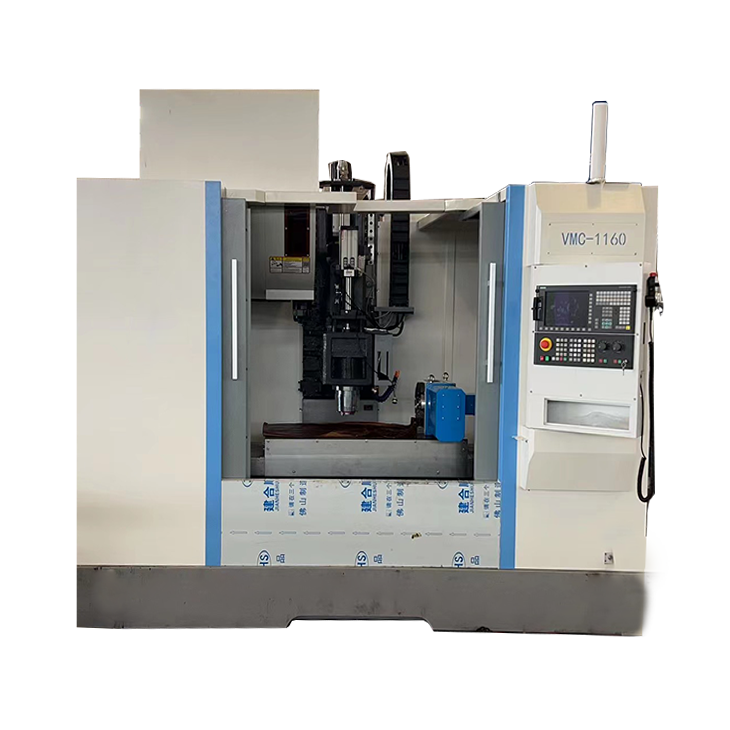- Recommended news
-
System composition of CNC horizontal machining center
2024-06-18
-
A method to solve the problem of spindle shaking in CNC lathes
2024-06-15
-
In which industry is the most widely used CNC vertical lathe?
2024-06-04
-
How to clamp the workpiece on a CNC vertical lathe?
2024-05-29
-
CNC milling machine machining center commonly used accessories
2024-05-25
-
Steps for adjusting the turret of a CNC vertical lathe
2024-05-22
Vertical machining center has strong cutting force
Vertical machining centers may generate large cutting forces during cutting operations, which mainly depends on several factors, including cutting parameters, material properties, tool selection, and machine tool structure....
Vertical machining centers may generate large cutting forces during cutting operations, which mainly depends on several factors, including cutting parameters, material properties, tool selection, and machine tool structure. Here are some factors that can cause increased cutting forces on a vertical machining center:
1. Improper setting of cutting parameters: Cutting parameters, such as cutting speed, feed speed and cutting depth, directly affect the cutting force. If these parameters are set improperly, such as selecting too large a cutting depth or cutting speed, it may lead to an increase in cutting force.
2. Tool selection and wear: Tool selection and wear status will also affect cutting strength. Using severely worn tools or selecting an inappropriate tool type can result in increased cutting forces.
3. Material hardness and properties: The hardness and properties of different materials have a great impact on cutting forces. Harder materials generally require greater cutting forces. At the same time, the cutting properties of some materials may cause instability in the cutting force.
4. Machine tool structure and rigidity: The machine tool structure and rigidity of a vertical machining center are also key factors in the transmission of cutting forces. If the machine tool structure is not stable enough or rigid enough, it may lead to increased vibration and cutting force.
5. Dynamic characteristics of the cutting process: Dynamic characteristics of the cutting process, such as resonance and vibration, may lead to an increase in cutting forces. This may be related to the natural vibration frequency of the machine tool and workpiece.
6. Cutting zone temperature: The high temperature generated during the cutting process may affect the material hardness, thereby affecting the cutting force. High temperature conditions can cause the material to soften and increase cutting forces.
In order to reduce the cutting force of the vertical machining center, the following measures can be considered:
1. Optimize cutting parameters: Make sure to select appropriate cutting parameters and avoid setting excessive cutting depth and cutting speed.
2. Choose the right cutting tools: Use cutting tools of the appropriate type and in good condition, and regularly replace severely worn tools.
3. Improve machine tool rigidity: Keep the structure and rigidity of the machine tool in good condition to reduce vibration and improve stability.
4. Control the temperature of the cutting zone: Take appropriate cooling and lubrication measures to control the temperature of the cutting zone and reduce the possibility of material softening.
In practical applications, it is necessary to analyze the specific situation, adjust the corresponding parameters and take appropriate measures to achieve the purpose of reducing cutting intensity, improving processing efficiency and protecting the machine tool.
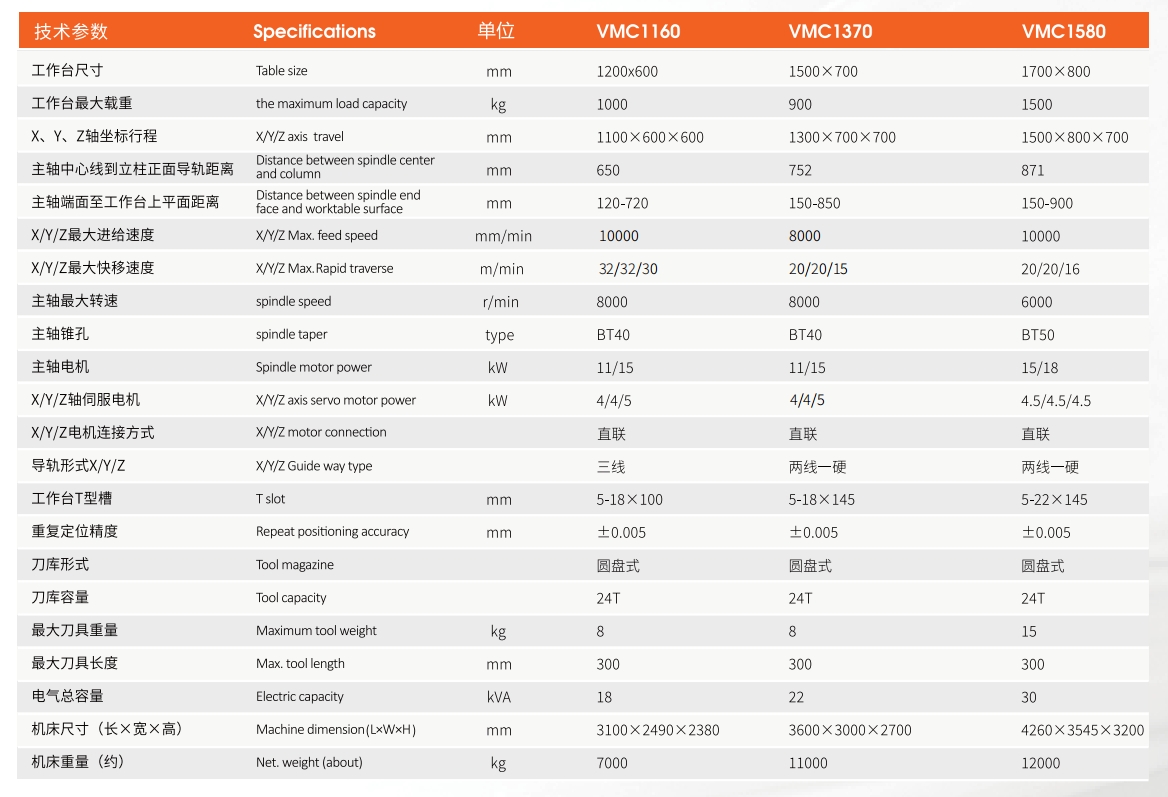

 English
English 日本語
日本語 한국어
한국어 Россия
Россия  Français
Français España
España عرب .
عرب .  Português
Português Deutsch
Deutsch भारत
भारत Нидерланды
Нидерланды
